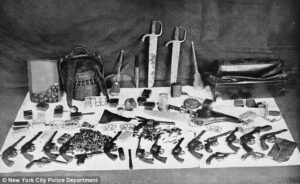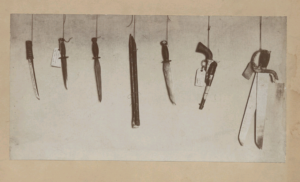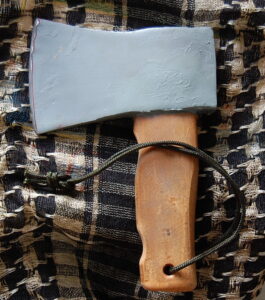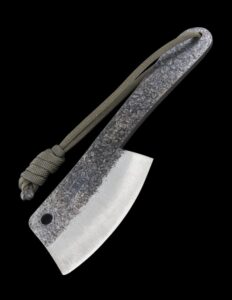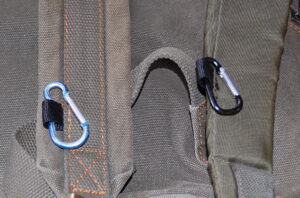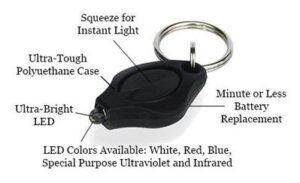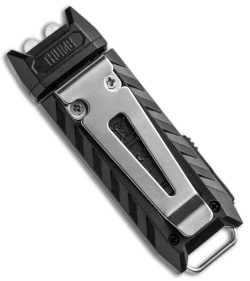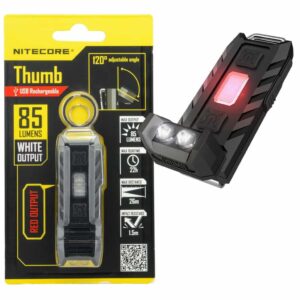My research for my last blog have resulted in me locating and reading a copy of “Hatchet Men” by Richard H. Dillon. This is proving to be a fascinating book, with scope far greater than just the Tong wars. Dillon includes an account of the psychological and sociological factors that contributed.
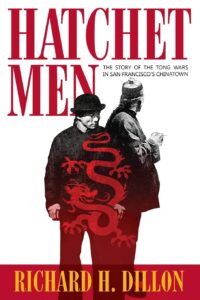

On one side, we have rampant bigotry. On the other, unhealthy isolationism. Thrown into this are some all too familiar factors. Sensationalist and mendacious journalists. Self-serving and opportunistic politicians. A greatly understrength, and often corrupt, police force that the law-abiding could not trust. Cosmetic, politically-motivated, laws that only penalize the law-abiding. Courts and lawyers used as weapons by the criminals rather than the victims. The innocent with no protection and unable to protect themselves. Good people trapped between parasitic criminals and prejudiced mobs.
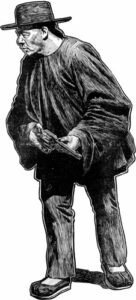

There are sparks of inspiration too. Thousands of normal San Franciscans took to the streets as the “Pickaxe Handle Brigade” and prevented the anti-Chinese sand-lot mobs burning Chinatown. Or the tenacious, often dangerous, crusade of Donaldina “Lo Mo” Cameron to rescue Chinese women from slavery.
This is a story that has many lessons for both the present and the future. Many of the conditions and problems described still exist in our societies. Within the major cities of America and Europe thousands of women have been enslaved as prostitutes.
I recommend reading “Hatchet Men”. It is a book that should be required reading in schools.
